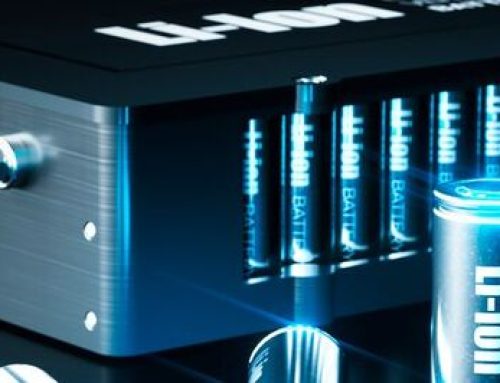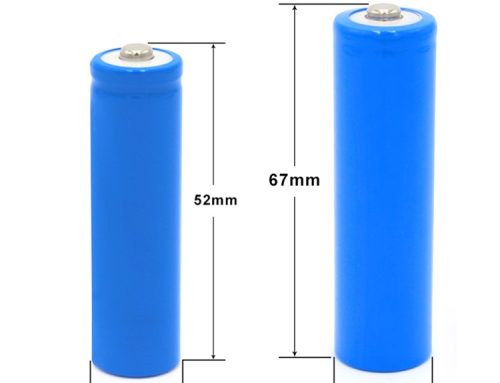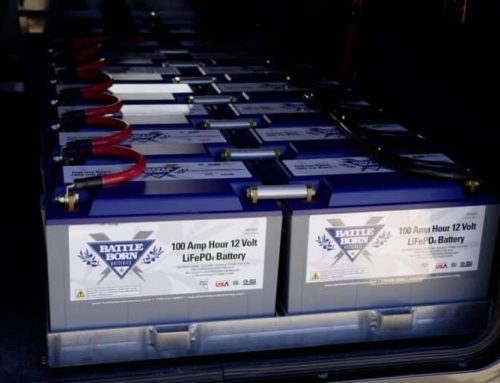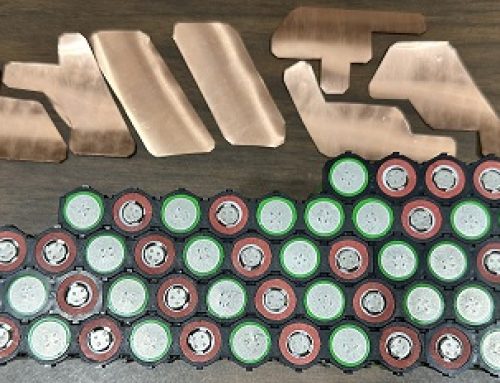In this guide, I aim to discuss maximum cycle life and how utilizing this metric can extend the lifespan of your batteries.
Step 1: Understanding Cycle Life
What constitutes a cycle?
A single cycle is defined by the process of charging and discharging an 18650 battery.
Lithium-ion 18650 batteries are charged up to 4.2V and discharged between 2V and 3V, depending on the cell’s cutoff voltage specification. For safety, avoid discharging below 3.0V unless you’re aware of your cell’s specific characteristics. Discharging happens whenever the battery powers a device, drawing electricity from it. Battery testing equipment can also be used to simulate discharging.
To properly charge an 18650 battery, use a dedicated charger designed for lithium-ion cells. How is cycle life measured?
Cycle life is assessed by comparing the initial capacity of the cell against its current capacity. For instance, if a cell starts at 3000mAh and now reads 2900mAh, it indicates a 96% retention of its original capacity.
When the capacity drops to 80% of its initial value, the cycle life is considered complete, although the battery may still function for several more cycles.
Therefore, for a 3000mAh cell, its usable life ends when it reaches 2400mAh (since 80% of 3000mAh is 2400mAh).
Typical 18650 batteries have a cycle life ranging from 300 to 500 charge-discharge cycles under standard conditions. However, in high-current or high-drain scenarios, this can decrease significantly to around 200 cycles. Exceeding the maximum discharge current can further reduce the cycle life to as low as 50 cycles.
Under ideal conditions, some cells may achieve over 500 cycles, and certain chemistries can endure thousands of cycles before reaching 80% of their initial capacity.
Step 2: Optimizing Temperature
18650 cells are typically evaluated at temperatures between 20°C and 25°C.
Deviation from these optimal temperatures leads to a minor reduction in efficiency, with a 10°C shift potentially resulting in a 20-30mAh loss. Extreme temperatures, both below freezing and above 70°C, accelerate cell degradation. Operating cells outside of their optimal temperature range reduces their cycle life.
Tip: Avoid charging 18650 cells at freezing temperatures or in cold environments, as rapid degradation can occur.
During usage, if a cell becomes excessively warm, allow it to cool. Cells should not become hot enough to touch and should not exceed 60°C under normal operation. Rapid heating indicates excessive stress.
Step 3: Charging Caution
Avoid overcharging (above 4.2V) and consider undercharging (below 4.0V) to preserve cycle life.
For those prioritizing cycle longevity over capacity, partial charging—charging to approximately 3.8V instead of the full 4.2V—can be beneficial. This approach reduces stress on the cell and extends its cycle life, albeit at the expense of reduced capacity.
Overcharging increases capacity but poses risks and accelerates cell wear.
Step 4: Adjust Charge Current
Many chargers allow adjusting the charge current. Fast charging, typically 1A or higher, speeds up charging but shortens the cell’s cycle life.
Step 5: Manage Discharge Current
Recall that discharging involves choosing a cutoff voltage and the current draw. Higher current draws result in lower observed capacities and shorter cycle lives.
High-drain discharges reduce cycle life. Wherever possible, opt for lower current draws. Standard discharge tests conducted by manufacturers like LG, Samsung, Panasonic, and Sony typically use currents of 0.5A or 0.8A.
Step 6: Adjust Cutoff Voltage
Partial discharging, discharging to a higher voltage than the minimum, reduces stress on the battery and enhances cycle life.
Instead of discharging to the lowest possible voltage, consider discharging to a slightly higher voltage, such as 3.2V.
Step 7: Understand Cell Chemistry
Different cell chemistries exhibit varying performance characteristics.
Many 18650 batteries can comfortably achieve over 1000 cycles under suitable conditions.
Among lithium-ion 18650 chemistries, lithium iron phosphate (LiFePO4) batteries boast some of the longest cycle lives.





